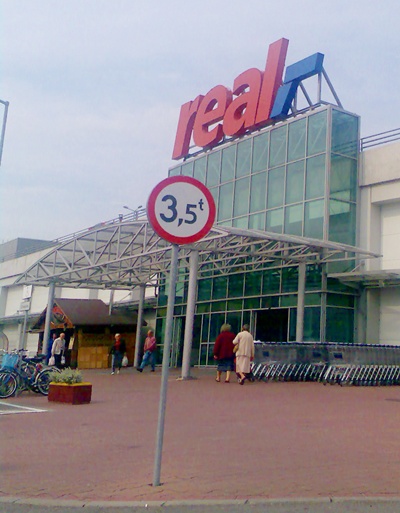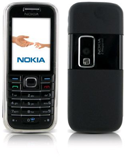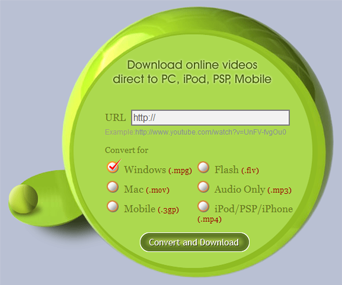Pacific Island Cashes In On Domain
People living on a tiny group of islands in the South Pacific are using the internet revolution to transform their lives.
Tokelau – comprised of three coral atolls that lie about 500 miles north of Western Samoa, halfway between New Zealand and Hawaii – has licensed the website domain extension assigned to the island, and is using the money it earns from the project to pay for computers and internet access.
In 2001, the island’s government was approached by Joost Zuurbier, an internet entrepreneur, with a view to his company licensing the rights to the website extension and sharing some of the revenue generated from these sites with the Tokelau government and its people.

The Dot TK website (www.dot.tk) allows anyone, anywhere in the world to generate a short, snappy address with the “.tk” suffix for their existing blog or website, or to shorten a web address to make it easier to remember and more user-friendly for people browsing the internet on handheld devices, similar to the services provided by TinyURL (tinyurl.com) and SnipURL (snipirl.com).
All people need to do is copy and paste the long address into the box on the Dot TK website, and a shortened web address will be generated.
Since the service launched in 2005, more than 1.6 million domain names with the “.tk” suffix have been created worldwide, and around 10,000 new sites are registered on a daily basis.
The revenue Tokelau has earned from the venture contributes towards more than 10 per cent of the island’s GDP , and has been spent on a high-speed satellite internet connection to all three atolls and more than 100 communal computers for use by the 1,500 islanders and government departments.
Dot TK earns money from targeted advertising embedded on all web pages with the “.tk” suffix, and a percentage of that is then given to the Tokelauan government in royalty fees.
The plan almost never made it off the drawing board, however: it took four years for Zuurbier to convince ICANN, the governing body for domain name registration, that his contract with the pacific islanders was real.
It was only after one ICANN member mentioned he had visited Tokelau some thirty years previously, and a delegation of islanders were bought before an ICANN meeting in New Zealand, that Zuurbier got the green light.

Tokelau facts:
-Tokelau is comprised of three coral atolls: Atafu, Nukunonu and Fakaofo. It has no capital city
-The islands cover a total area of 10 sq km
– Tokelau has a population of just 1,500
– There is no harbour or airport
– Islanders speak Tokelauan, English and Samoan
– It’s difficult to grow fruit and vegetables on the island, although pumpkins are easy to cultivate

 Russia, the world’s largest country, obviously defies a “brief description,” as it covers 11 time zones, all climate zones except tropical, with land that stretches almost halfway around the planet.
Russia, the world’s largest country, obviously defies a “brief description,” as it covers 11 time zones, all climate zones except tropical, with land that stretches almost halfway around the planet.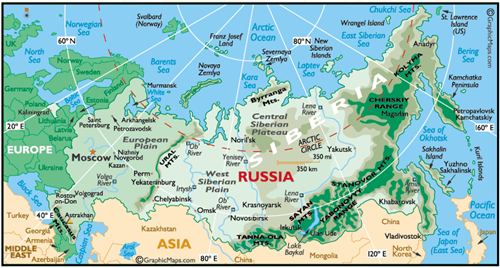
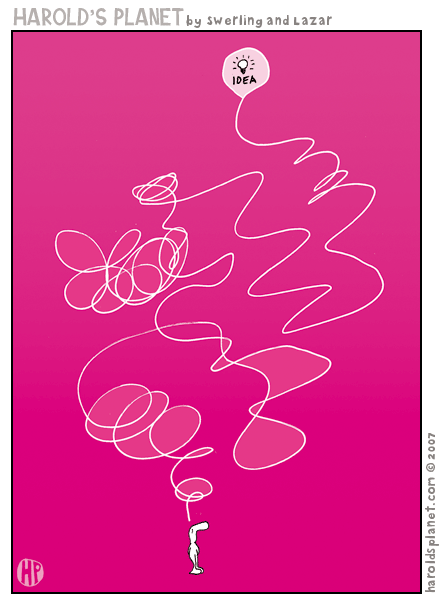
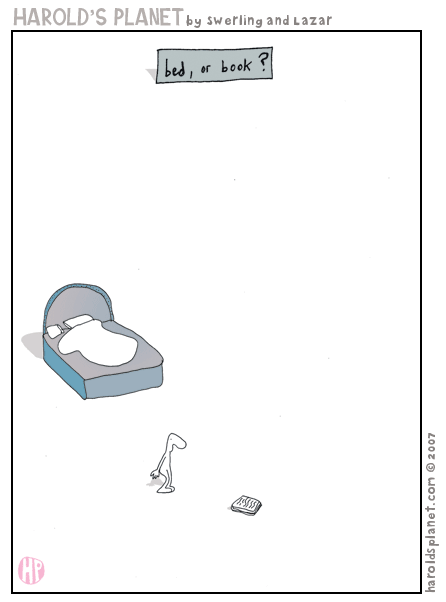
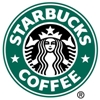 Starbucks opened its first coffee shop in Russia yesterday, two years after it won a legal battle to protect the right to its brand in the fast-growing Russian market.
Starbucks opened its first coffee shop in Russia yesterday, two years after it won a legal battle to protect the right to its brand in the fast-growing Russian market.
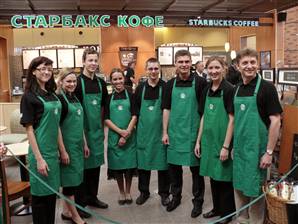
 Within the METRO Group, Real embodies the concept of a large selling space hypermarket. The Real hypermarkets are conveniently located, extensive and clearly structured. The brand profile of Real clearly targets young families with kids and the 50plus generation.
Within the METRO Group, Real embodies the concept of a large selling space hypermarket. The Real hypermarkets are conveniently located, extensive and clearly structured. The brand profile of Real clearly targets young families with kids and the 50plus generation.